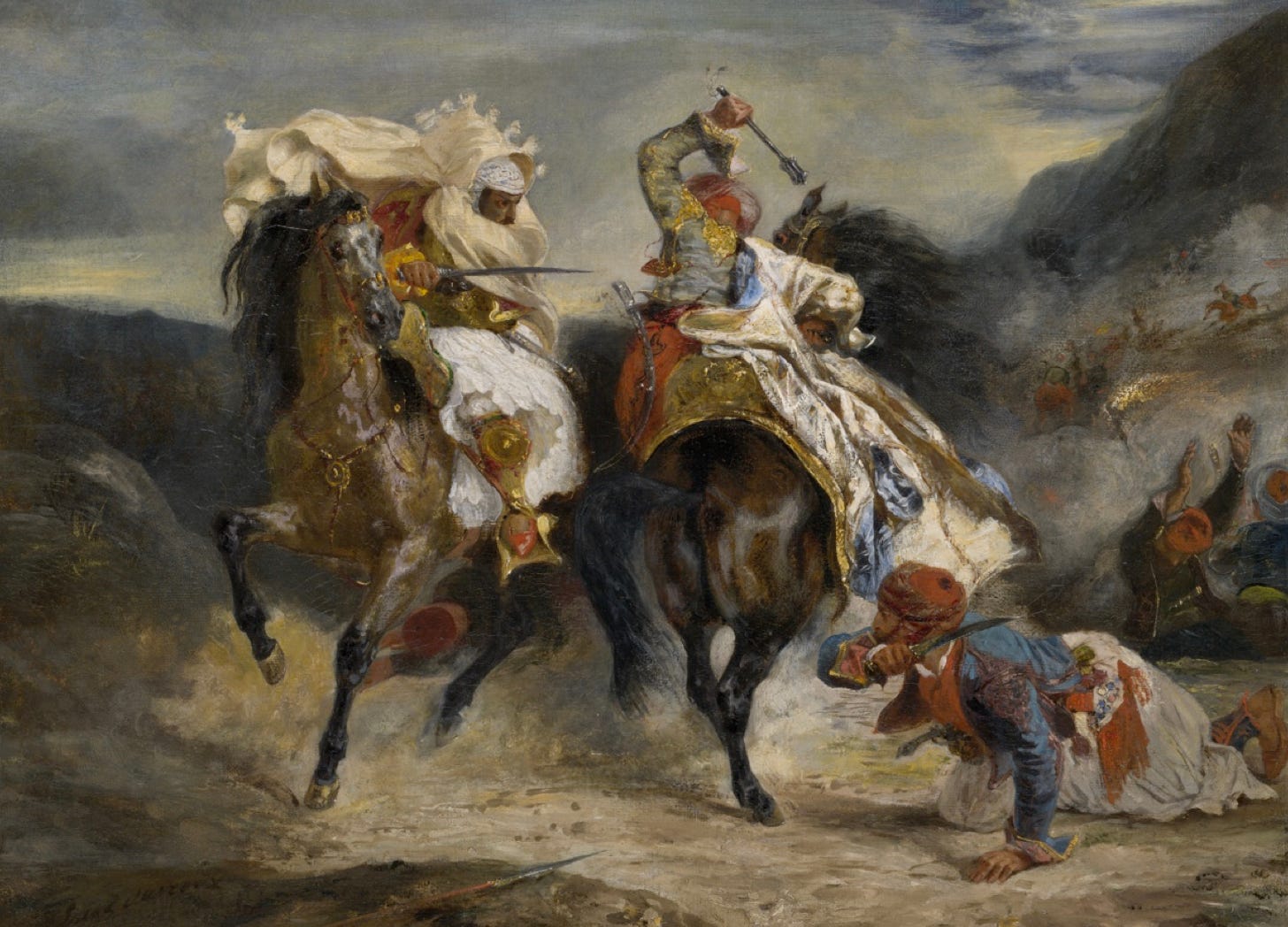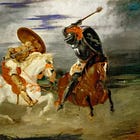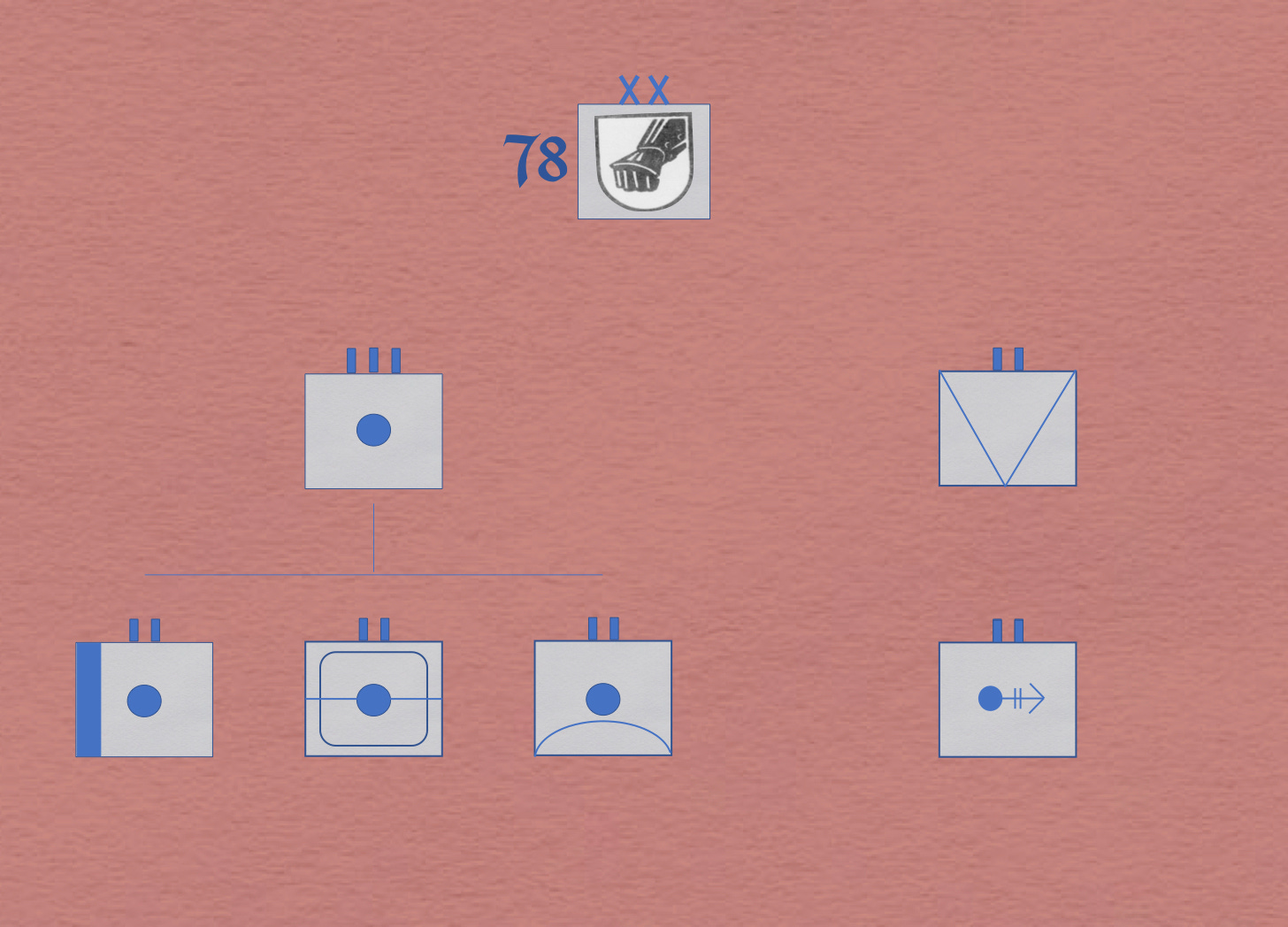Assault and Battery III
Solutions to an Organizational Decision Game about the 78th Assault Division
This is the third post in a four-part decision-forcing case study, an exercise that puts you in the position of a leader who, at some time in the past, found himself faced with a challenging decision. As the decision in question belongs to the realm of organization, this case also qualifies as an “organizational decision game.”
If this is your first decision game, you may wish to read the following article.
If you have not done so before, you will want to read the first two posts in this series.
The solutions proposed by players, whether Substack readers, members of the Decision Game Club, or participants in face-to-face cases, fall into three broad categories.
Many players opt for a “flat organization” in which the commanders of all five of the autonomous battalions report directly to commanding general of the division of the whole. Some of the players who propose this approach recommend the use of the headquarters of the field artillery regiment as a means of assembling a battle group [Kampfgruppe] of two or more battalions.
Other players advocated the grouping of battalions by function. In particular, they argue for the creation of two battle groups. The first would unite, under the headquarters of the field artillery regiment, all three of the battalions capable of indirect fire. The second would consist of the two battalions armed with track-mounted anti-tank guns.
The remaining players espoused an organizational scheme that reflected the arm [Waffengattung] with which the battalion was affiliated. Thus, they placed the three battalions belonging to the artillery branch - the heavy field artillery battalion, the anti-aircraft battalion, and the assault gun battalion - under the headquarters of the field artillery regiment. At the same time, they preserved the independence of the mortar battalion, which was classified as an infantry unit, and the self-propelled anti-tank battalion, which fell under the Quick Troops [Schnelle Truppen].
Note: The historical (protagonist’s) solution will appear in a subsequent post in this series.
For Further Reading:











I am curious to know what the percentages were here as to how many participants chose which organizational option.